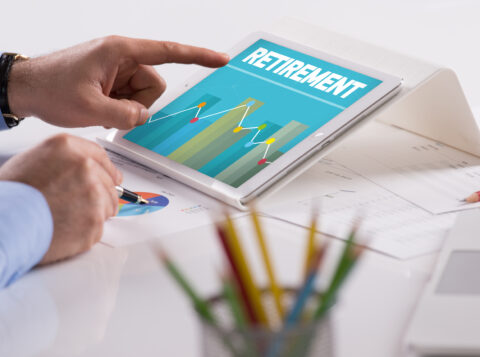
From Pensions to 401(k)s: Shifting Risks in Retirement
Once upon a time, retirement meant a guaranteed monthly income from a company pension. These defined-benefit plans promised employees a specific payout based on their salary and years of service, offering a sense of security in their golden years. Yet, the landscape of retirement planning has undergone a dramatic shift, leaving many grappling with financial uncertainty.
The Rise and Fall of the Pension:
Post-WWII economic prosperity fueled the growth of company pensions. They were seen as a win-win: employers attracted and retained talent, while employees enjoyed peace of mind about their future. However, cracks began to appear in the 1970s with economic volatility and rising inflation. Companies found themselves burdened by the rising costs of funding these plans, prompting them to seek alternatives.
Enter the 401(k):
Emerging in the 1980s, the 401(k) offered tax advantages and flexibility, shifting responsibility for retirement savings onto employees. While initially seen as a supplement to pensions, over time, 401(k)s became the dominant player. This transition was driven by several factors:
- Cost-shifting: 401(k)s transferred the financial burden of retirement from companies to employees, making them more attractive to businesses facing economic pressures.
- Individual choice: 401(k)s offered investment options, allowing employees to tailor their plans to their risk tolerance and goals.
- Government incentives: Tax breaks incentivized both employers and employees to participate in 401(k) plans.
The Unforeseen Risks:
Despite their initial appeal, 401(k)s come with inherent risks:
- Market dependence: Unlike pensions, 401(k)s rely on individual investment performance, exposing retirees to market fluctuations and potential losses.
- Savings shortfalls: Individuals may underestimate their retirement needs or underestimate how much they need to save, leading to inadequate income later.
- Lack of expertise: Not everyone has the financial knowledge or time to actively manage their investments, potentially leading to suboptimal returns.
- Withdrawal complexities: Early withdrawals from 401(k)s often come with penalties, limiting access to funds in case of emergencies.
Looking Ahead:
The shift from pensions to 401(k)s has fundamentally changed the landscape of retirement planning. While 401(k)s offer flexibility and choice, they also expose individuals to greater risks and require a more proactive approach to saving and investing. As we move forward, addressing these challenges through financial education, policy changes, and innovative retirement saving solutions is crucial.


